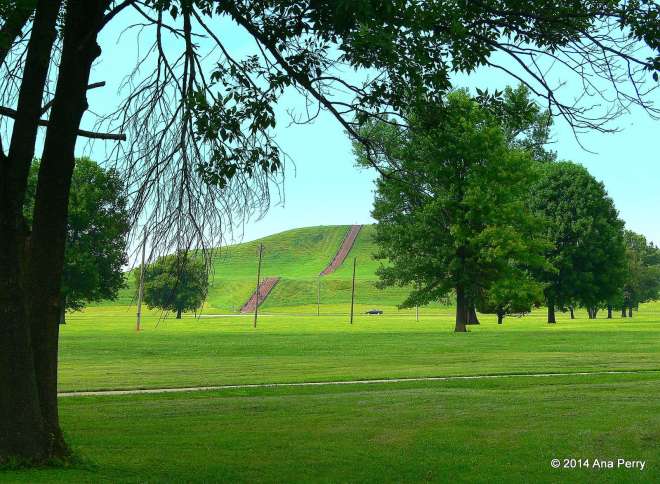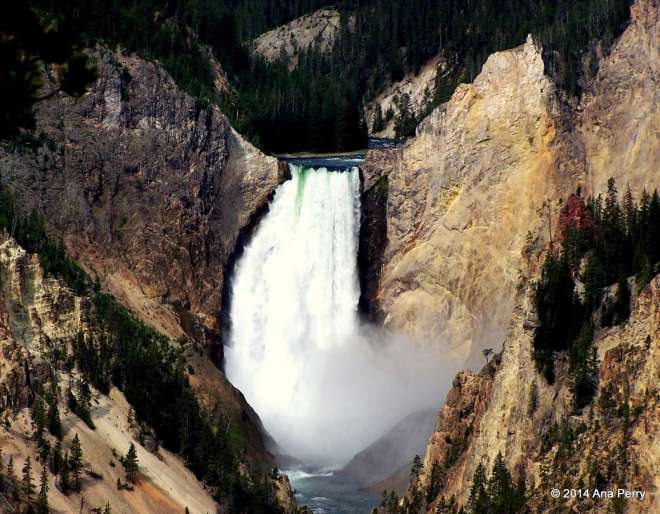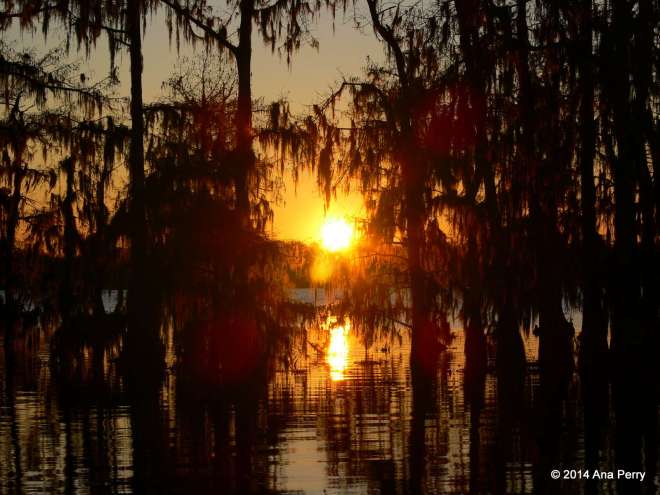The economy of nature, its checks and balances, its measurements of competing life-all this is its great marvel and has an ethnic of its own. Live in nature, and you will soon see… that nature has its unexpected and unappreciated mercies. Whatever attitude to human existence you fashion for yourself, know that it is valid only if it be in the shadow of an attitude to nature.
–Henry Beston, The Outermost House
 Monday August 19, 1991 a category three hurricane struck the quaint islands of Cape Cod, Martha’s Vineyard, and Nantucket. Weekend news reports informed us of the possibility the Cape would be hit. CapeCodders are no stranger to hurricanes and other severe weather and actually most natives find the storms enjoyable. However, strong hurricanes rarely reach as far north as the Cape and when they do they are weak, causing little damage.
Monday August 19, 1991 a category three hurricane struck the quaint islands of Cape Cod, Martha’s Vineyard, and Nantucket. Weekend news reports informed us of the possibility the Cape would be hit. CapeCodders are no stranger to hurricanes and other severe weather and actually most natives find the storms enjoyable. However, strong hurricanes rarely reach as far north as the Cape and when they do they are weak, causing little damage.
 This time it was different. For the first time I made preparations to secure my home, little did I know many others felt it too and were spending their Sunday afternoon securing their homes and boats. Less than 24-hours later we would all know how different this storm would be. Very few people had seen such destruction and even fewer remember past storms such as Carol, Edna or the New England hurricane of ‘38.
This time it was different. For the first time I made preparations to secure my home, little did I know many others felt it too and were spending their Sunday afternoon securing their homes and boats. Less than 24-hours later we would all know how different this storm would be. Very few people had seen such destruction and even fewer remember past storms such as Carol, Edna or the New England hurricane of ‘38.
 Unfortunately, many did not heed the warnings and paid the price for their indifference to what they believed was yet another false alarm. By 10:30 Monday morning winds picked up. We listened to the radio and the announcer stated, “due to sustained wind speeds of 70-mph officials have closed the Bourne and Sagamore bridges”. Ferries and air traffic had already been halted. Traffic at this time was backed up on route 6 from the Cape Cod Canal to the Orleans Rotary, a distance of about 50 miles. By noon we were without power as was the rest of the Cape. This would last for up to two weeks. I would spend the next five hours protecting my home.
Unfortunately, many did not heed the warnings and paid the price for their indifference to what they believed was yet another false alarm. By 10:30 Monday morning winds picked up. We listened to the radio and the announcer stated, “due to sustained wind speeds of 70-mph officials have closed the Bourne and Sagamore bridges”. Ferries and air traffic had already been halted. Traffic at this time was backed up on route 6 from the Cape Cod Canal to the Orleans Rotary, a distance of about 50 miles. By noon we were without power as was the rest of the Cape. This would last for up to two weeks. I would spend the next five hours protecting my home.
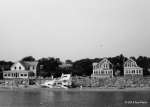 The destruction I saw was incredible. Storm surge flooded coastal homes not protected by seawalls and placed huge sailboats in yards, beaches and roads more than fifty yards from the bay. Huge trees had been uprooted completely, collapsed building, bridges swept away, and homes washed out to sea. And we were the lucky ones. Falmouth and the Buzzards Bay area received the brunt of the storm, flooding most low coastal areas and completely destroying several communities.
The destruction I saw was incredible. Storm surge flooded coastal homes not protected by seawalls and placed huge sailboats in yards, beaches and roads more than fifty yards from the bay. Huge trees had been uprooted completely, collapsed building, bridges swept away, and homes washed out to sea. And we were the lucky ones. Falmouth and the Buzzards Bay area received the brunt of the storm, flooding most low coastal areas and completely destroying several communities.
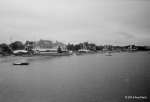 The cleanup took two months but before it was finished, before receiving promised federal aid the Cape was hit again this time by a nor’easter named the Perfect Storm which caused almost as much damage. The Cape would be declared a federal disaster area for the second time this season.
The cleanup took two months but before it was finished, before receiving promised federal aid the Cape was hit again this time by a nor’easter named the Perfect Storm which caused almost as much damage. The Cape would be declared a federal disaster area for the second time this season.
 Hurricane Bob is currently ranked the 32nd costliest storm since 1900 with over two billion in costs, which included ten million to crops, 69 million to public facilities such as roads and bridges, and 900 million to insured property. This does not account for the loss to the tourist industry. The Cape is highly dependent on the tourist industry which is very short; a mere three months. One weekend of lost revenue can devastate a small business.
Hurricane Bob is currently ranked the 32nd costliest storm since 1900 with over two billion in costs, which included ten million to crops, 69 million to public facilities such as roads and bridges, and 900 million to insured property. This does not account for the loss to the tourist industry. The Cape is highly dependent on the tourist industry which is very short; a mere three months. One weekend of lost revenue can devastate a small business.
 There are many hidden, unquantifiable costs that affect the human-environment relationship, as the vulnerability of Cape Cod rests as much on the socio-psychological effects as well as economic loss. The culture on Cape Cod is heavily influenced by history, ambiance and the beautiful geography which creates a special relationship between CapeCodders and their landscape. These cannot be quantified.
There are many hidden, unquantifiable costs that affect the human-environment relationship, as the vulnerability of Cape Cod rests as much on the socio-psychological effects as well as economic loss. The culture on Cape Cod is heavily influenced by history, ambiance and the beautiful geography which creates a special relationship between CapeCodders and their landscape. These cannot be quantified.






























